

| Cruise Region : Europe |
| Company : Croisi Europe |
| Ship : MS Modigliani |
| Journey Start : Sun 19 Jul 2026 |
| Journey End : Sun 26 Jul 2026 |
| Count Nights : 7 nights |
| Day | Date | Port | Arrival | Departure |
|---|---|---|---|---|
| 1 | 19.07 Sun | Budapest / Hungary | 18:00 | 19:00 |
| 2 | 20.07 Mon | Mohacs / Mohach / Hungary | 07:00 | 09:00 |
| 2 | 20.07 Mon | Osijek / Croatia | 14:00 | 20:00 |
| 3 | 21.07 Tue | Belgrade / Serbia | 08:00 | 21:00 |
| 4 | 22.07 Wed | Golubac / Serbia | 13:00 | 17:00 |
| 5 | 23.07 Thu | Novi Sad / Serbia | 08:00 | 13:00 |
| 5 | 23.07 Thu | Ilok / Croatia | 16:00 | 17:00 |
| 5 | 23.07 Thu | Vukovar / Croatia | 19:30 | 20:30 |
| 6 | 24.07 Fri | Mohacs / Mohach / Hungary | 08:00 | 14:00 |
| 6 | 24.07 Fri | Kalocsa / Hungary | 18:00 | 19:00 |
| 7 | 25.07 Sat | Budapest / Hungary | 07:00 | |
| 8 | 26.07 Sun | Budapest / Hungary | 09:00 |
All inclusive on board
THE CROISIEUROPE DIFFERENCE
All meals included - DRINKS INCLUDED with meals and at the bar
Refined French cuisine - Gala dinner and evening - Welcome cocktail
Free Wi-Fi onboard
Headsets are included for excursions
Official welcome from the captain and crew
Onboard activities
Travel assistance and repatriation insurance
All port fees included
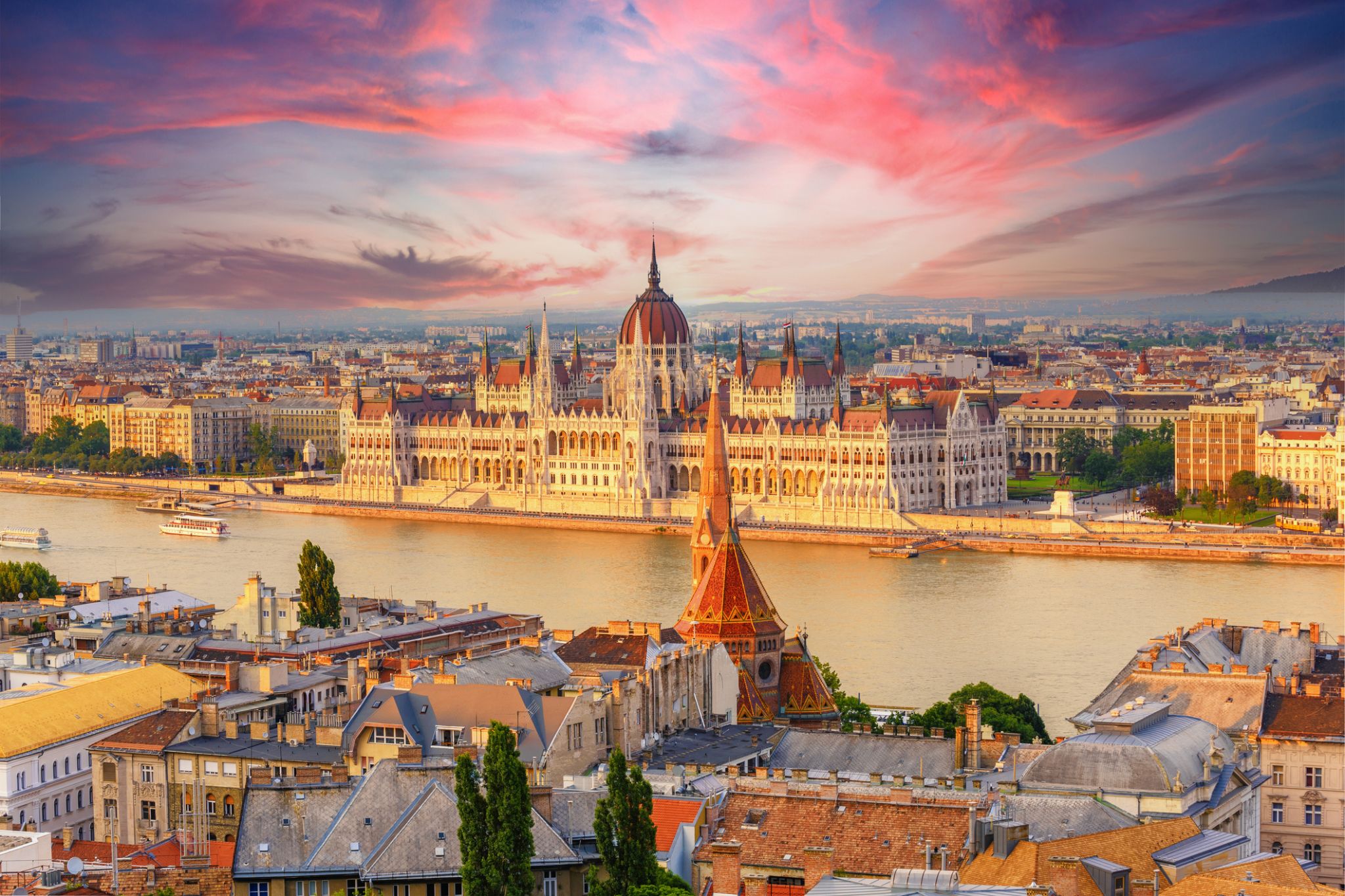
the capital of Hungary, in the northern central part of the country; population 1,712,210 (2009). It was formed in 1873 by the union of the city of Buda on the right bank of the Danube River with the city of Pest on the left.
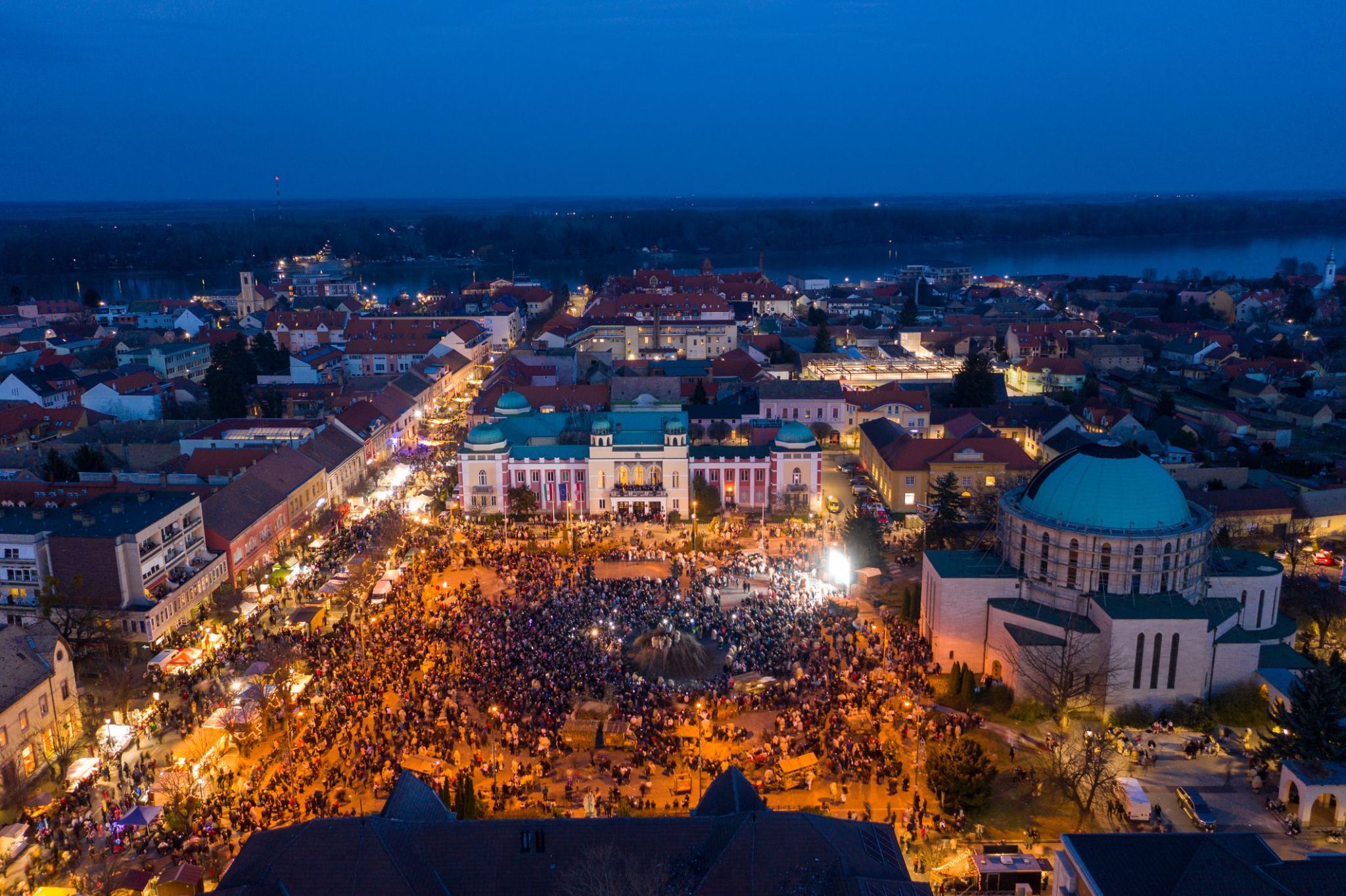
Cozy and nestled on the banks of the Danube, Mohacs / Mohach invites travelers to discover a lesser-known yet remarkable chapter of Hungarian history. The city is a symbol of pivotal events, including the famous Battle of 1526, which deeply influenced all of Central Europe. Beyond its historical significance, Mohacs / Mohach enchants with narrow streets, old buildings, and a warm, almost rural atmosphere.
The city truly comes alive during the traditional Busójárás festival, which is listed as UNESCO Intangible Cultural Heritage. During this time, the streets fill with masks, dances, and ancient rituals rooted in Slavic and Hungarian myths. Add to that cozy cafes, riverside walks, and local wineries — and Mohacs / Mohach becomes a perfect stop for those seeking authentic experiences off the beaten path.
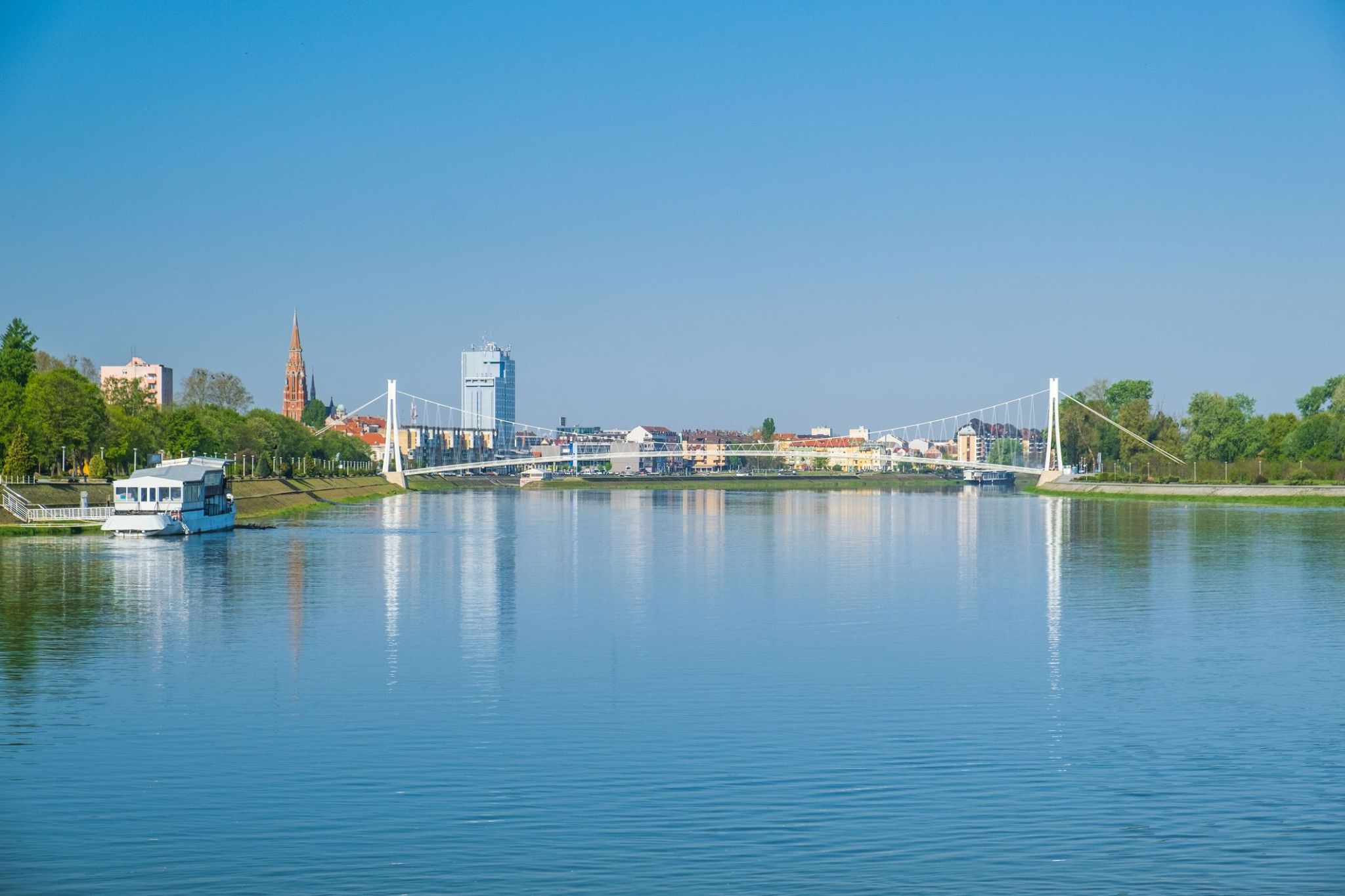
On the banks of the Drava River, where historical landmarks meet modern life, lies one of Croatia's most charming cities — Osijek. Every corner here is filled with history, from ancient fortresses to the cozy streets of the old town. Osijek is a place where you can enjoy the tranquility of scenic riverfront walks while also feeling the vibrant energy of a modern city with its cafes and shops.
The city is known for its architectural landmarks, such as the Tvrđa Fortress, and many museums, such as the Osijek Museum, which tells the story of the region's centuries-old history. Special attention should be given to the natural beauty: Osijek is surrounded by green spaces and parks, and the Drava River is perfect for boat rides or fishing. Local restaurants offer traditional Slavic dishes, adding extra charm to this unique city.
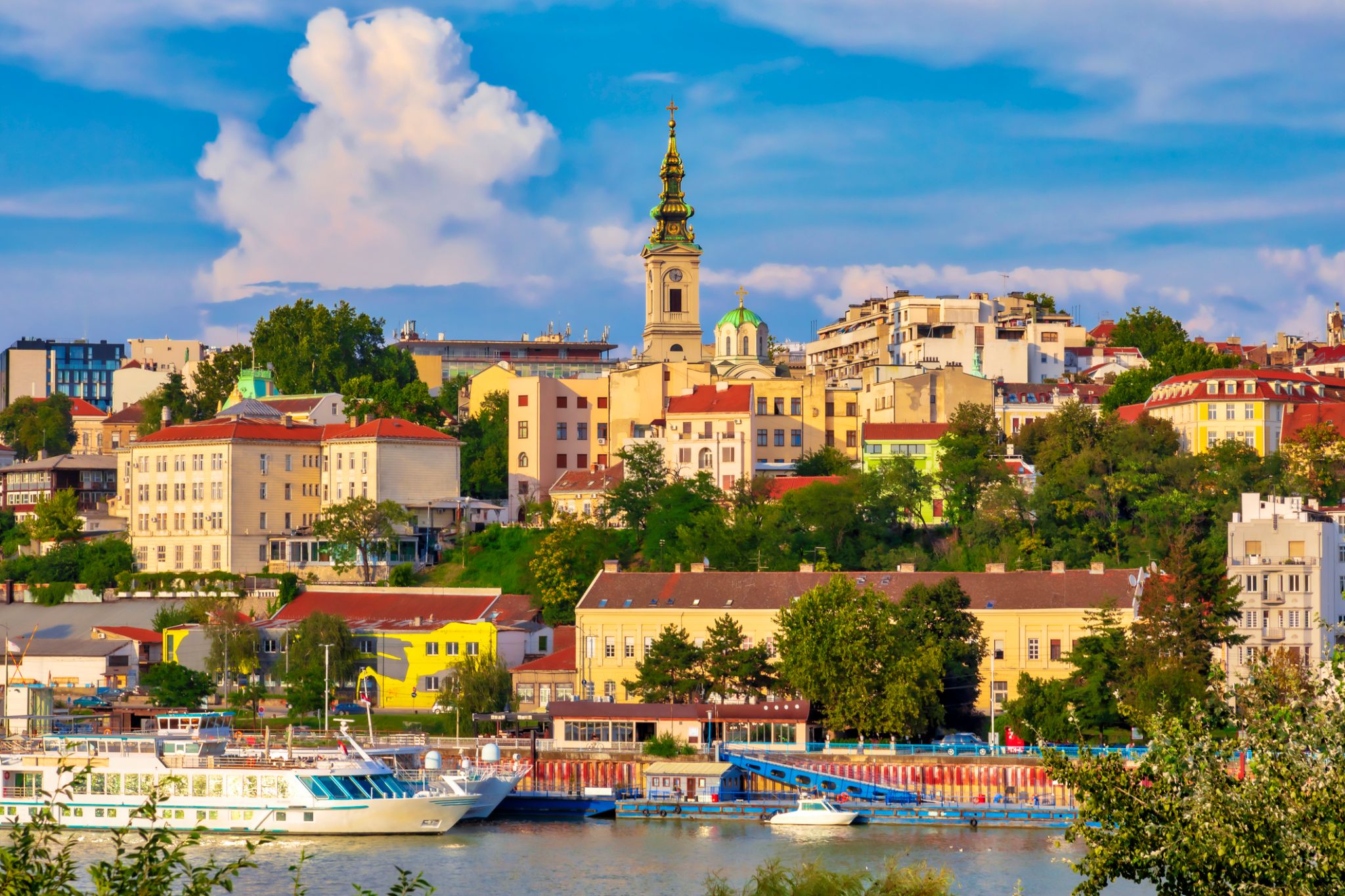
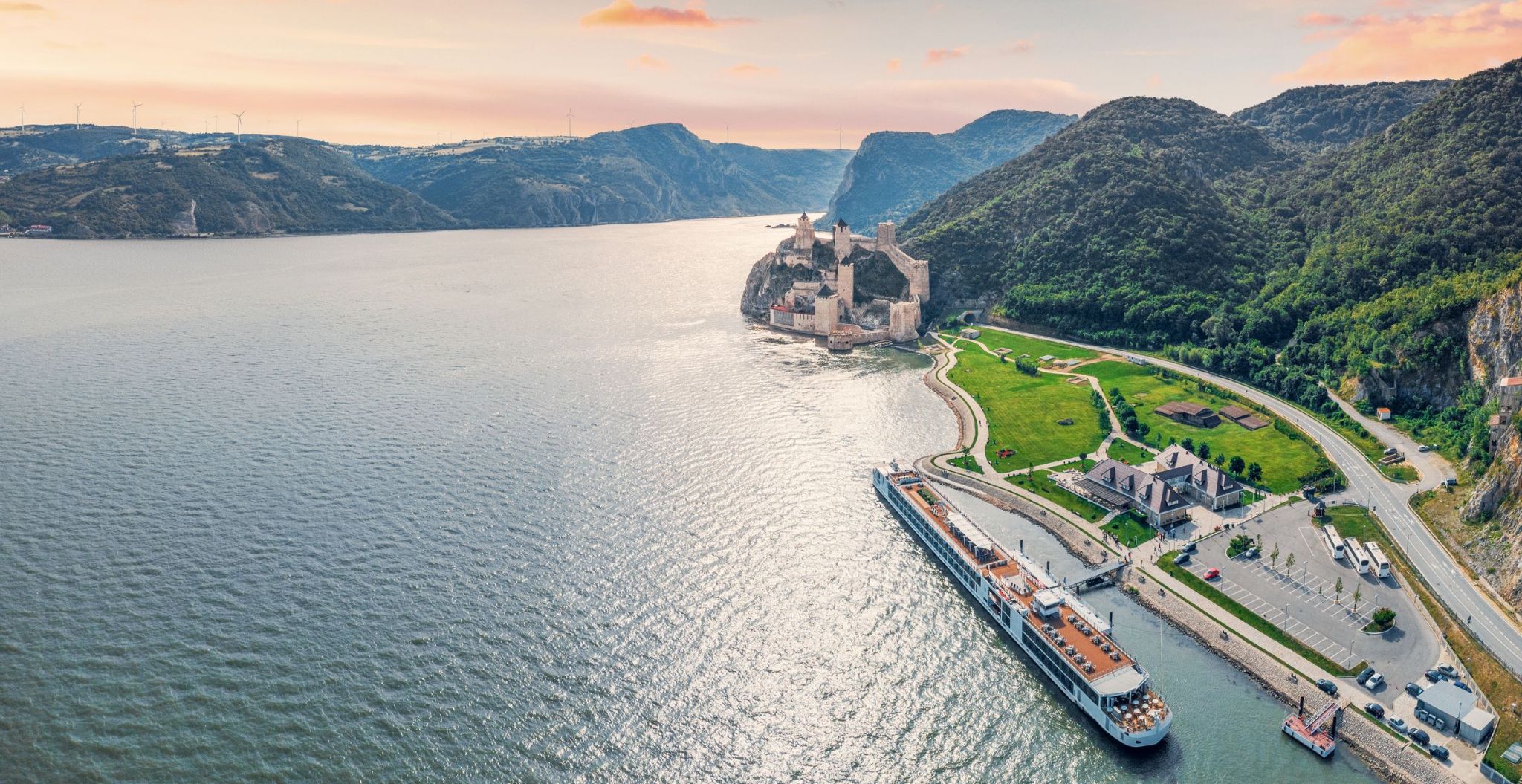
Where the Danube meets the mighty rocks of the Iron Gates, a journey through time begins among medieval fortress walls. The impressive Golubac Fortress — one of the most picturesque in Serbia — stands proudly, carefully restored and open to visitors. This majestic citadel, built in the 14th century, once guarded a key strategic passage and now offers panoramic views of the river and the Romanian mountains across the bank.
Golubac is not only about history, but also nature: it lies within the Đerdap National Park, ideal for walking, birdwatching, or cycling along the river. Cozy cafés, local cuisine, and the warm hospitality of the locals make this spot perfect for a short break or a slow, relaxed stay in the spirit of old Serbia.
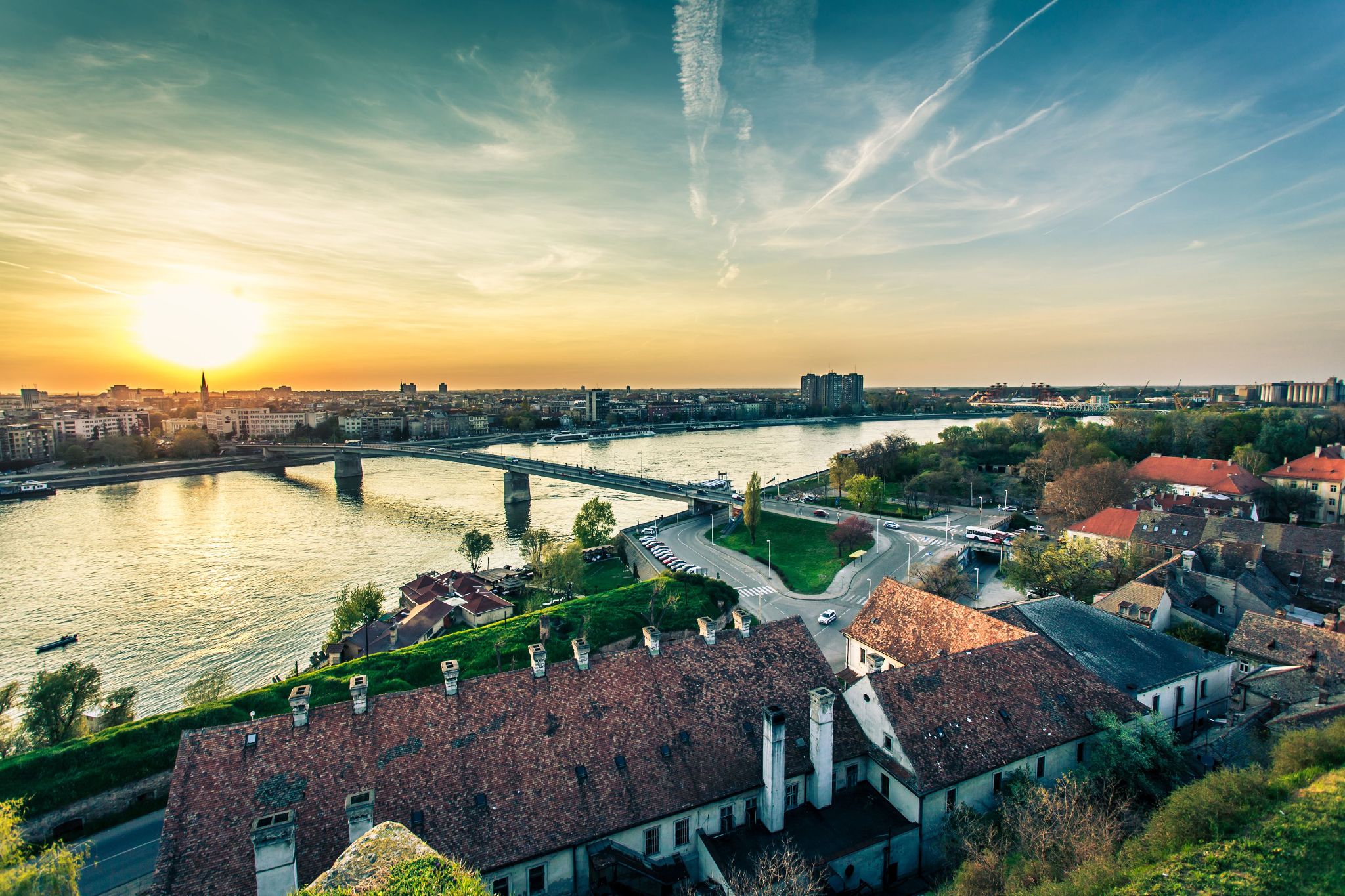
Where the Danube gently curves around ancient fortifications, Novi Sad greets travelers with its charming old streets and a relaxed bohemian atmosphere. This Serbian city, nestled at the foot of Mount Fruška Gora, is renowned for its perfect blend of history, culture, and nature. Novi Sad is not only the cultural capital of the country but also one of Serbia’s greenest cities, featuring cozy parks and panoramic river views.
Particular attention should be paid to the Petrovaradin Fortress—an imposing 18th-century structure often referred to as the "Gibraltar on the Danube." Every year, this fortress hosts the famous EXIT music festival, attracting modern music lovers from all over the world. Strolling through the center of Novi Sad, tourists discover Hungarian, Austrian, and Balkan heritage reflected in the architecture, gastronomy, and the warm hospitality of the locals.
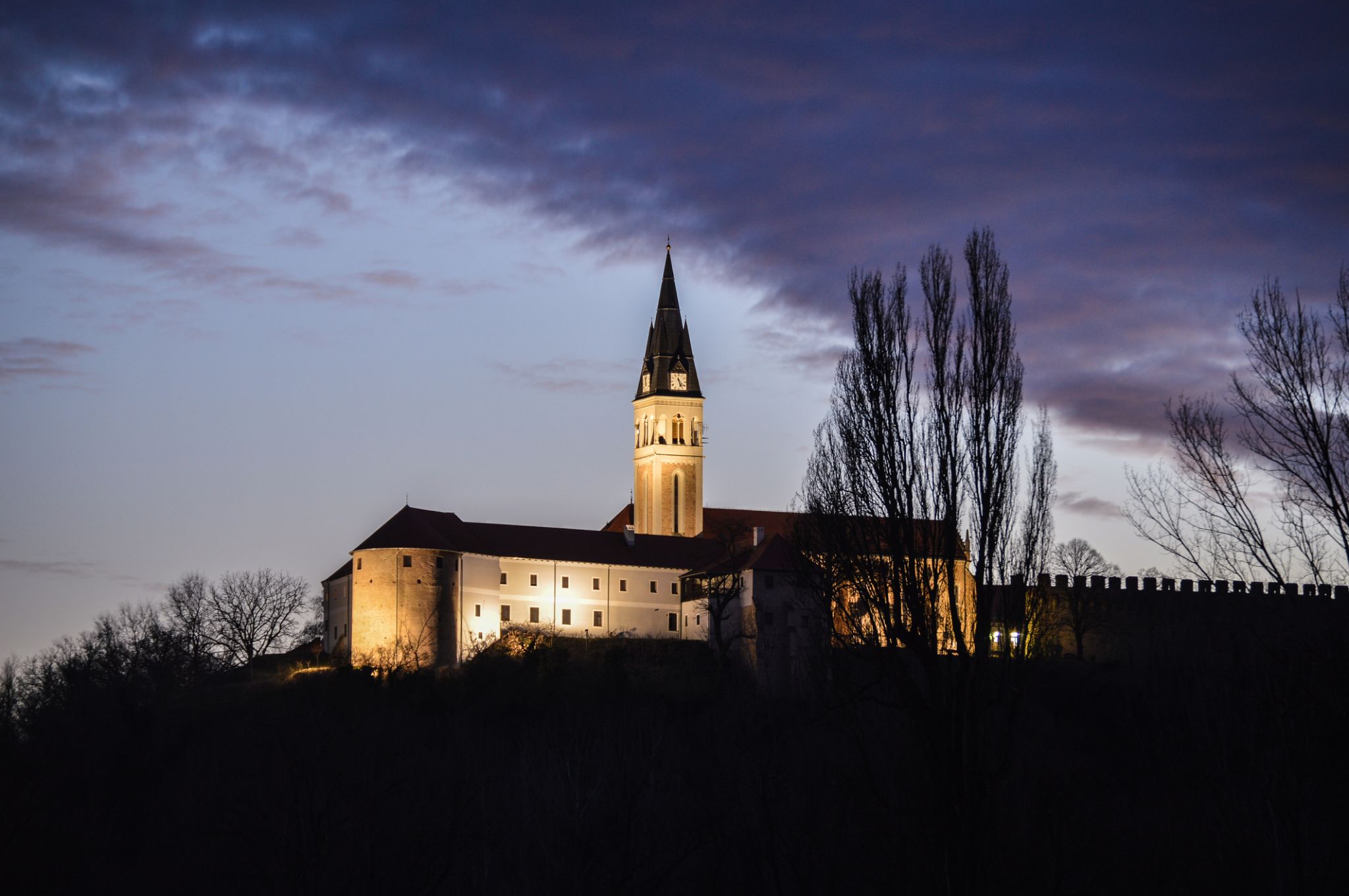
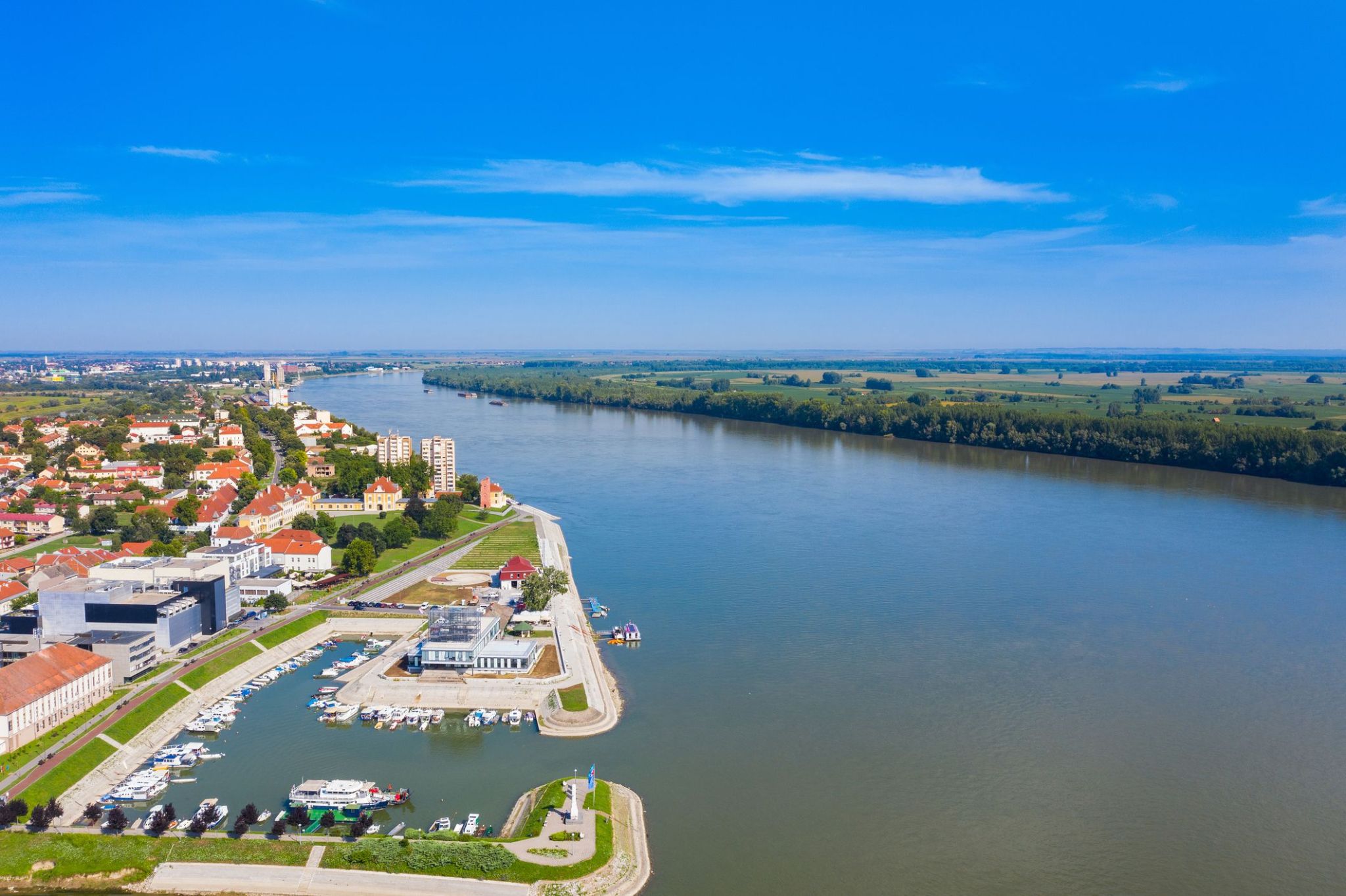
This city, hidden on the banks of the Danube River, offers a unique blend of historical heritage and natural beauty. Vukovar is a place where the spirit of a glorious past merges with the revival brought by peaceful times. The city combines traces of rich history with modern comfort, creating an atmosphere full of contrasts and captivating magic.
Vukovar is known for its stunning architecture and landmarks, such as the Vukovar Fortress and the Church of St. Philip and James. Visitors can explore unique museums, such as the Vukovar Museum, which tells the story of events that became part of the city's historical destiny. Along the river, picturesque promenades stretch, ideal for a leisurely stroll while enjoying nature, and local restaurants offer traditional dishes like čvarci and lamb, which will delight even the most demanding gourmets.

Cozy and nestled on the banks of the Danube, Mohacs / Mohach invites travelers to discover a lesser-known yet remarkable chapter of Hungarian history. The city is a symbol of pivotal events, including the famous Battle of 1526, which deeply influenced all of Central Europe. Beyond its historical significance, Mohacs / Mohach enchants with narrow streets, old buildings, and a warm, almost rural atmosphere.
The city truly comes alive during the traditional Busójárás festival, which is listed as UNESCO Intangible Cultural Heritage. During this time, the streets fill with masks, dances, and ancient rituals rooted in Slavic and Hungarian myths. Add to that cozy cafes, riverside walks, and local wineries — and Mohacs / Mohach becomes a perfect stop for those seeking authentic experiences off the beaten path.
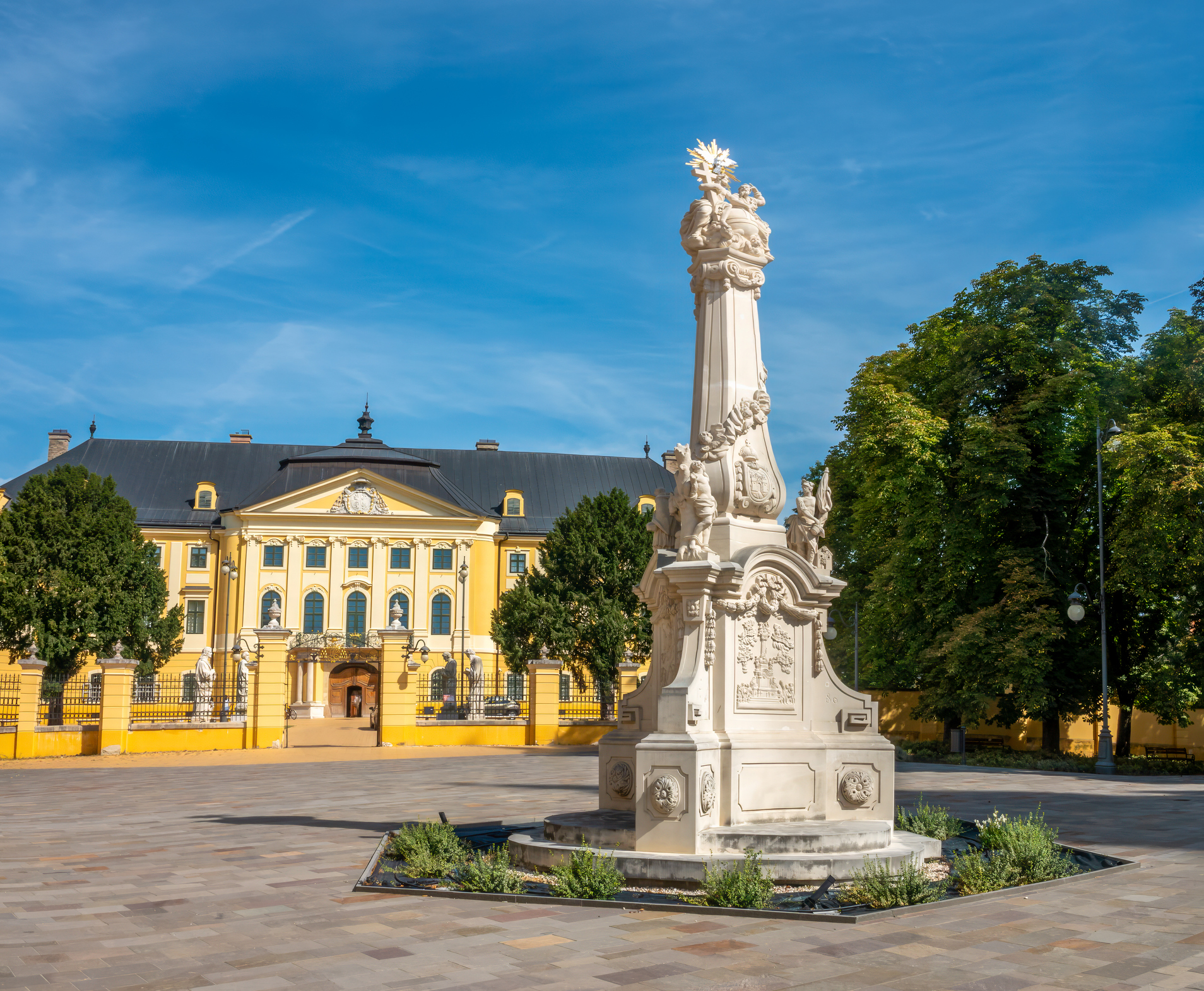

the capital of Hungary, in the northern central part of the country; population 1,712,210 (2009). It was formed in 1873 by the union of the city of Buda on the right bank of the Danube River with the city of Pest on the left.

the capital of Hungary, in the northern central part of the country; population 1,712,210 (2009). It was formed in 1873 by the union of the city of Buda on the right bank of the Danube River with the city of Pest on the left.